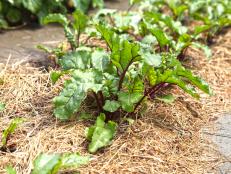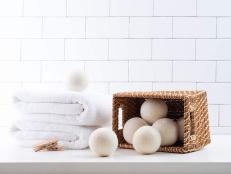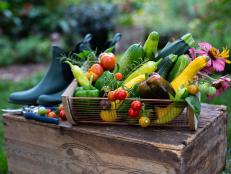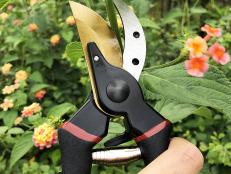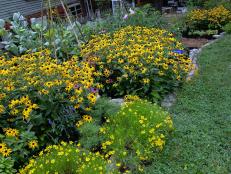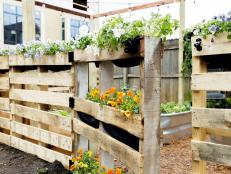What Is Permaculture?


"Cultivators of the earth are the most valuable citizens. They are the most vigorous, the most independent, the most virtuous, and they are tied to their country and wedded to its liberty and interests by the most lasting bands."
- Thomas Jefferson, 1785
President Jefferson, a devoted gardener and agronomist, probably never heard the term “conservationist” or “sustainable agriculture,” but both would apply to his steadfast belief in respect and stewardship for the environment and the practices he used to achieve it. Crop rotation, irrigation and soil building are all represented in his exhaustive journals, reflecting over sixty years of living “green” before it had a name.
Another word Jefferson never heard, but one which he surely would have approved of is permaculture.
Permaculture emerged in Australia in the mid-1970s. Founder Bill Mollison used the merging of the words “permanent” and “agriculture” to describe a practice of ecological design that would find its foundations in natural ecosystems. Permaculture strives to produce living and landscaping conditions that maintain or improve upon environmental conditions and provide for the needs of the people through gardening, ecology and architecture, as well as social and economic policy.
In his 1978 book, Permaculture One, Mollison described a standard of living that proposed working in concert with nature through design principles in landscaping, shelter design and thoughtful management of resources. Although some of the elements within have existed well beyond the days of even Thomas Jefferson, the book’s publication started a movement that has found worldwide acceptance and continues to grow.
Bill Wilson is the founder of Midwest Permaculture, whose mission is to teach people from all walks of life to employ the principles of permaculture into a sustainable way of living. Bill describes permaculture as a four legged stool.
“Only about 25% of permaculture has to do with the natural environment and the growing of food. When you look at it, that is the first thing that hits you in the face. I’ve heard it referred to as ‘gardening on steroids.’ Of course, that is very important and it gets the most attention, but that’s just a piece of what it’s all about.”
“Another leg of the stool is has to do with is energy and water. They are critically important resources. Do we create abundance in the way we use them or do we deplete the planet? It’s possible to have all the energy and water we need and actually create more, but the practices in use now degrade those resources. It is the opposite of a permanent system,” Bil opines. “Permaculture looks at that and how to fix it.”
Mollison proposed that principles of design should make efficient use of renewable energy, such as solar, wind and water and employ strategies like passive solar construction to minimize energy requirements and store surpluses effectively.
“Thirdly, we look at the built environment,” Bill Wilson continues. Huge amounts of the waste generated that is in our landfills come from the construction industry. It is a very wasteful and it doesn’t have to be that way.”
Through efficient design, permaculture proposes waste can be greatly reduced as well as energy. All houses should be constructed to produce more energy than they use and the surplus sold back into the grid. Mollison offers that done correctly, the building costs of a home could be recovered through energy generation.
“The last leg of permaculture is our relationship to one another. How we deal with money, healthcare, government. How to get the things we need to maintain a culture.”
The fourth leg may be the most difficult to grasp. The concept in simple terms promotes supporting causes, businesses and activities that further the basic principles permaculture strives for. For example, buying food from the farmer growing his crops in a way that is responsible to the environment, even if it costs more, because it will yield benefits in other ways.
Permaculture applications continue to grow in our culture, even if not attributed to the movement. CSAs [community supported agriculture], solar panels, low flow showers...all have some foundation in the concepts permaculture seeks to further. These days, some just call employing those principles “going green.”
Thomas Jefferson would approve.






